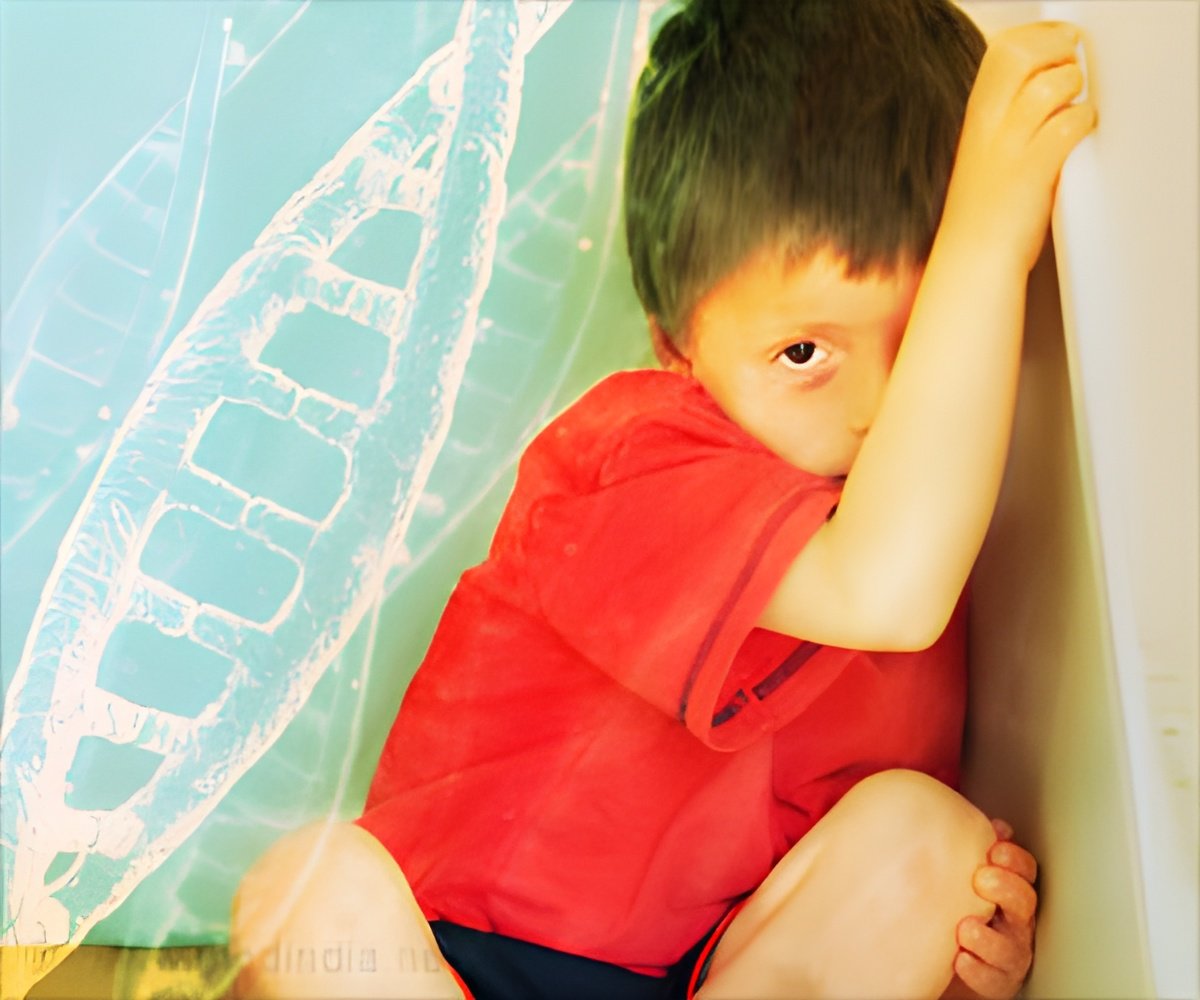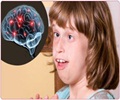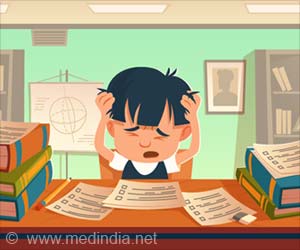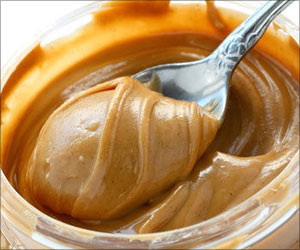A new study suggests that autistic children can see simple movements twice as quickly as other children and this could provide some major clues towards identifying the cause of the disorder.

Tadin said that it also may be linked to some of the complex social and behavioral deficits associated with autism.
He asserted that people think of autism as a social disorder, as kids with this condition often struggle with social interactions, but what we sometimes neglect is that almost everything we know about the world comes from our senses.
Tadin said that abnormalities in how a person sees or hears could have a profound effect on social communication.
In the study, 20 kids with autism and 26 typically developing children, ages 8 to 17, looked at brief video clips of moving black and white bars and simply indicated which direction the bars were heading, right or left.
Each time a kid made the correct direction choice, the next video clip became slightly shorter and thus a little more difficult.
Advertisement
The researchers found that when the bars in the image were just barely visible, both groups of children performed identically.
Advertisement
"But kids with autism, got much, much better-performing twice as well as their peers," Jennifer Foss-Feig, a postdoctoral fellow at the Child Study Center at Yale University, said.
In fact, the worst performing participant with autism was roughly equal to the average of the participants without autism.
Foss-Feig said that this dramatically enhanced ability to perceive motion is a hint that the brains of individuals with autism keep responding more and more as intensity increases.
She said that although this could be considered advantageous, in most circumstances if the neural response doesn't stop at the right level it could lead to sensory overload.
The findings have been published in the Journal of Neuroscience.
Source-ANI








